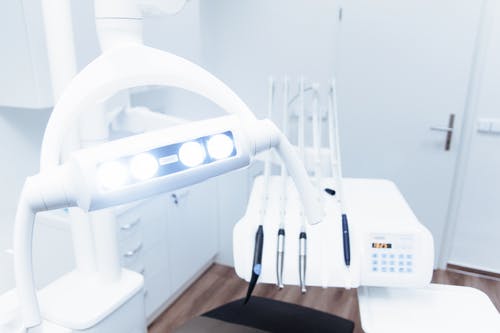
Cosmetic dentistry can help in the replacement of a broken or missing tooth. But, here‘s the option you need to think about: crowns or bridges? Bridges and crowns have many important characteristics. They are an irreparable dental option that only a dentist can remove and is not as durable as dentures. It’s your choice which one is the best option for you, based on your individual situation. How do bridges and crowns differ from each other? Find out which is best for you by reading this article.
Dental Crowns vs. Dental Bridges
Bridges and crowns for dental use are two common choices to repair a broken smile. What is the best solution for you? Find out all you can on dental crowns and bridges.
What are dental crowns?
Ceramic or porcelain crowns are a great option to cover a damaged or broken tooth. Dental crowns can protect fragile or broken teeth, particularly if they have been damaged. Crowns are also employed to hide discolored or damaged teeth. If teeth are broken through the force of an impact, they could be swollen internally, causing staining of the enamel and changing it to gray or black with time.
It is essential to remove a portion of the enamel and the dentin to install a crown over an existing tooth. Dental cement is then used to keep the crown in the desired position. The procedure typically requires 2 visits to the dentist; however, the dental crown will be used for the rest of your life when it’s done. Click here to learn more about crown caps.
What are dental bridges?
The false teeth suspended from crowns can be used to replace the missing tooth. A minimum of one artificial tooth isn’t anchored to the tooth or jaw when using bridges, unlike dental crowns and implants. The majority of bridges consist of at least 3 teeth that are connected.
End caps, which are attached to natural teeth and dental implants, help to hold dental bridges “pontics,” or center teeth to ensure that they can fill the gap between your smile. The edges dental bridge needs to be inserted by removing the enamel of their match teeth, similar to the process for a crown. Therefore, bridges were the only option to replace the missing tooth for a long time. Although dental implants are possible nowadays, bridges remain more affordable in the first place, but they will need replacement in the future. Get to know more about dental bridge procedure from Pavilion Dentistry.
Bridges or Crowns?
The crown and bridges are excellent options for filling the gaps caused by missing teeth, but there are some disadvantages. Bridges are typically used in cases where the gap is large, and their anchor teeth can support the bridge. The adjacent teeth in the gap need to be cut to accommodate a specific portion of the bridge to secure it properly.
Bridges may not be the ideal option for anchors with healthy teeth. However, bridges can be taken off if their anchor teeth (abutment teeth) are broken, decaying, or damaged. In addition, if the bridge is intended to fill gaps that are larger than four teeth, the bridge attached with the anchor teeth can exert too much pressure on the anchor teeth, which can cause the bridge to break or crack.
Final Thoughts
Aside from affecting how you look, missing a tooth or teeth can cause long-term problems that include the risk of developing an infection, losing other teeth, and weakening the gum line. Bridges for your teeth and crowns will allow you to regain your full smile while also protecting the mouth against gum diseases and tooth loss.
If you’re suffering from any of those ailments and are unsure of the distinction between a dental bridge and crown, you should talk to an experienced restorative dentist immediately. Thanks to their extensive training and knowledge, there’s no dental problem they won’t deal with.
